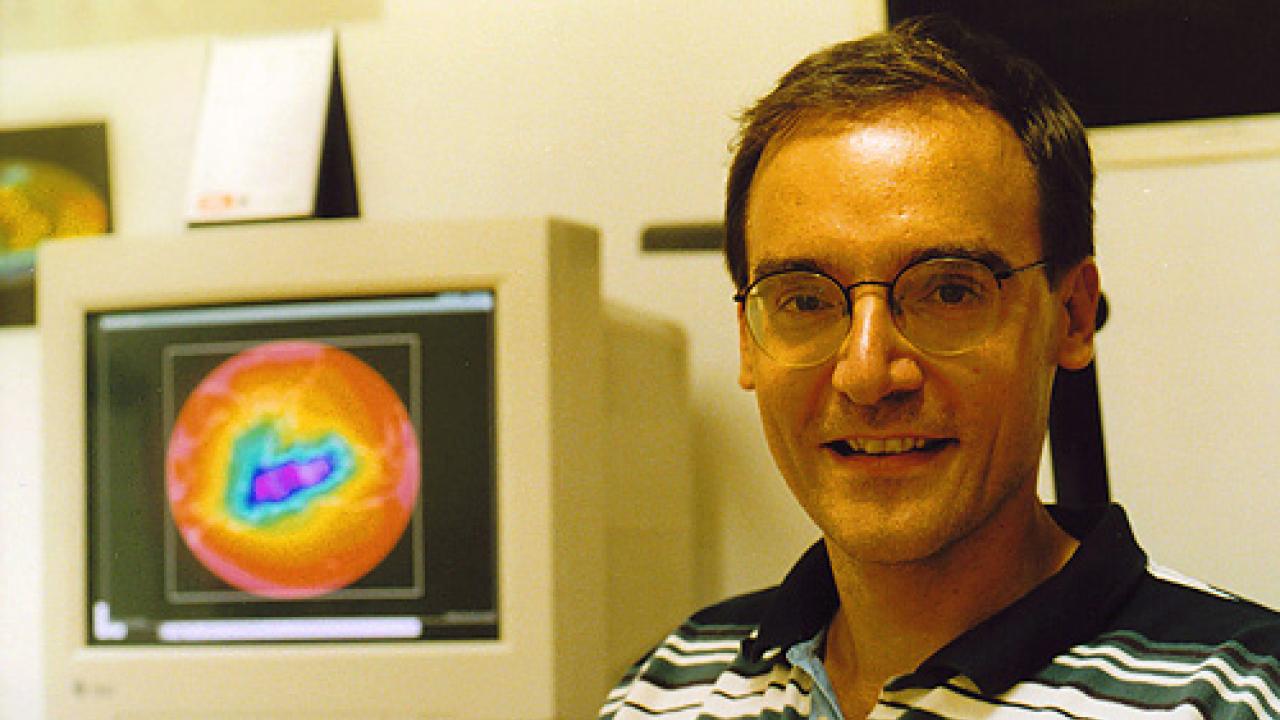
Predicting the future is not an easy job when it comes to
regional climate changes, but scientists are getting better at it,
according to Filippo Giorgi, ICTP climate scientist and head of the
Earth System Physics section. In an interview for an article in
Science, he explains
how regional projections from large model ensembles are showing
increasing levels of consistency, an indication of improved overall
reliability. But he cautions that the models still fall short on
providing precise, quantitative information.
Scientists and policy-makers are grappling with the uncertainties
that affect the accuracy of climate model predictions. These
uncertainties need to be characterized and quantified in order to
provide useful information to decision makers.
Giorgi says that the combinations of results from different global and regional models are increasingly showing consistent predictions, at least over some regions of the World. He points to the example of precipitation in the Mediterranean area; he is confident the region will see a general decrease in the next decades based on projections from multiple generations of large multi-model ensembles. What models are not yet able to predict is precisely how much of a decrease it is likely to be. This is where the uncertainty needs to be quantified.
The regional climate modelling community is working on fine-tuning their models and conducting more coordinated multi-model experiments in order to better characterize, and possibly reduce, the uncertainties that plague regional predictions. Giorgi says that the Coordinated Regional Climate Downscaling Experiment (CORDEX), an international coordinated framework operating under the auspices of the World Climate Research Program, will provide an unprecedented set of regional climate projections that will constitute a landamark in the efforts to provide better climate information for devising response options to global climate change.
The complete article, "Vital Details of Global Warming Are Eluding Forecasters", where Giorgi's views are expressed, can be accessed by registered users on the Science website (Science 14 October 2011: Vol. 334 no. 6053 pp. 173-174).
















